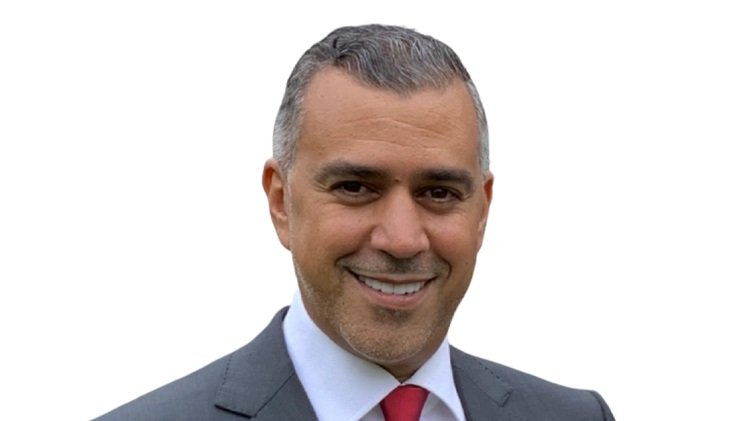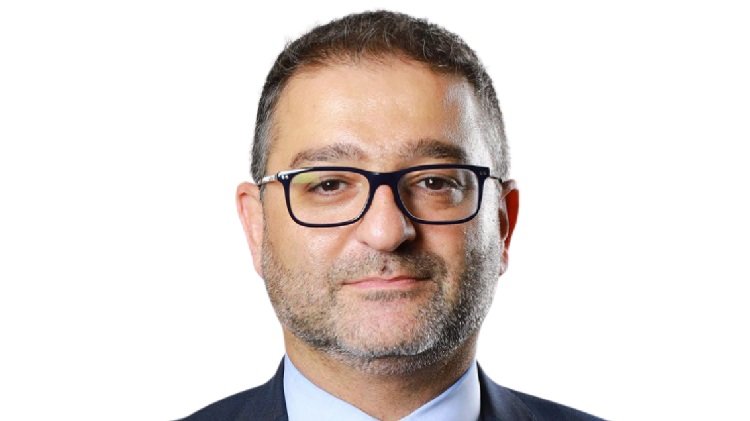The National Vision 2030 guides the Qatari market and economy. The country’s objective is to become a modern society capable of maintaining growth and providing a high quality of life for its citizens.
 ICT modernisation is a key pillar of Qatar’s Vision 2030, the country’s long-term growth and diversification strategy because it sets the groundwork for future high-paying jobs and international company attraction.
ICT modernisation is a key pillar of Qatar’s Vision 2030, the country’s long-term growth and diversification strategy because it sets the groundwork for future high-paying jobs and international company attraction.
This, along with the strategic placement of FIFA World Cup 2022 tries to establish Doha as the commerce and transportation centre connecting Africa, Asia, and Europe, has prompted the country to spend heavily on a variety of infrastructure and development projects.
Research by Global Data predicted that the ICT spending on Qatar is expected to reach $9 billion in 2024. The survey also predicts that the software market in Qatar will reach US$1.8bn, while the hardware market will reach $2.5bn by the end of 2024. IT services are expected to account for more than 52% of the total ICT spending and will reach $5bn by the end of 2024.
Multiple factors are aiding the Qatar ICT growth, FIFA World Cup 2022 and Vision 2030 being one of the many. Digital transformation has also accelerated as a result of the pandemic, with businesses better understanding and utilizing technology to boost their competitiveness. There is a nationwide digital transformation trend showcasing many public and private sector organizations accelerating their digital transformation, especially on the cloud.

“A key factor driving the market in the ME region in general and in Qatar is the extraordinary digital transformation the market witnessed since 2020. With more employees working from home, the trend to transition to the cloud has accelerated, and the network perimeter has truly dissolved,” says Jawad Toukna, Director Regional Sales Middle East & North Africa, Forcepoint. “The Qatar National Vision 2030 has identified specific industries of growth that will help the nation become self-sustainable. Industrial development will drive the need for IoT and network security which would necessitate security solutions such as Data Guard and NGFW,” he added.
The government of Qatar is also amending laws and ensuring smooth digital transformation, which in turn can be considered as a major driving factor. For example, with the new law enforcement from the Ministry of Transport and Communications (MOTC), all organisations need to notify any data breach incidents with 72 hours which drives the need for a next-gen DLP (data loss prevention) solution. To simplify complicated IT and business landscapes, Qatari businesses are also exhibiting a significant interest in cloud solutions.
With an increased adoption rate and a government backing digital transformation, the scope of Channel Partners in the Qatar market is endless. But, like any market, there are a few tips that will aid Channel Partners in building a successful base in the country.
Mazen Raad, Managing Director, SAP Qatar, believes that to build a successful channel program vendors and partners should be aligned on strategy and investing in training, and in-country resources that are customer-facing.
Toukna, on the other hand, believes that securing and protecting customers should be the primary goal and nurturing a vibrant partner and alliance ecosystem is the first step in achieving that goal. The Forcepoint Partner Program ensures that the channel partners are adequately enabled and financially compensated for their efforts. The program provides financial differentiation to partners, including deal registration, tiered price structure, incumbency protection, incentive programs, access to marketing development funds and other marketing programs.

As in any market, having a partner programme enables the channel to grow. It is equally important to select the right partners for vendors and train them with the right skills and capabilities to help grow mutually.
Though it all looks good, under closer inspection, it is evident that the IT industry of Qatar is also facing the same issues faced by all the industries and markets: cybersecurity risks. Organizations in this country are more concerned about cybersecurity as the economy grows and the pandemic spreads. In recent WSJ Intelligence research, commissioned by Forcepoint, it is found that 74% of CEOs and CISOs had reallocated funds to cybersecurity during 2020 and 45% have accelerated digital transformation. Though it presents opportunities, it also possesses challenges. Toukna added to this by saying, “When 90% of leaders believe the biggest challenge is securing anywhere workers and cloud services, it’s clear that infrastructure or access-oriented security tools will no longer be able to keep up with the needs of the unbound enterprise.”
As previously mentioned, there is an increased rate of cloud adoption seen in the country by many organisations. It may offer great advantages to remote workers (which is one of the major working models in the current scenario), but is also forces to find secure distributed workforces due to the high risks.
“Over the past year, the pandemic has been the biggest challenge for organizations and channel partners in Qatar, as they adapt to the “new normal” of hybrid work. In this changing work environment, many organizations have updated their working policies to support more productive employees. For example, SAP Channel partners have become more adept at hybrid implementations, with project management on-the-ground supported by remote resources,” said Raad.
As the saying goes, ‘What doesn’t kill you, makes you stronger’. All these challenges are encouraging companies to invest more into cybersecurity and recognize the true potential of the market. Companies are recognizing this potential and believes that the more they invest, the better returns they can reap. Qatar’s market continues to expand, particularly in terms of infrastructural development and digital transformation in preparation for the FIFA World Cup Qatar 2022 and beyond. Due to high oil and gas prices, Qatar is expected to witness a rise in international investment as well as an improvement in market confidence.











